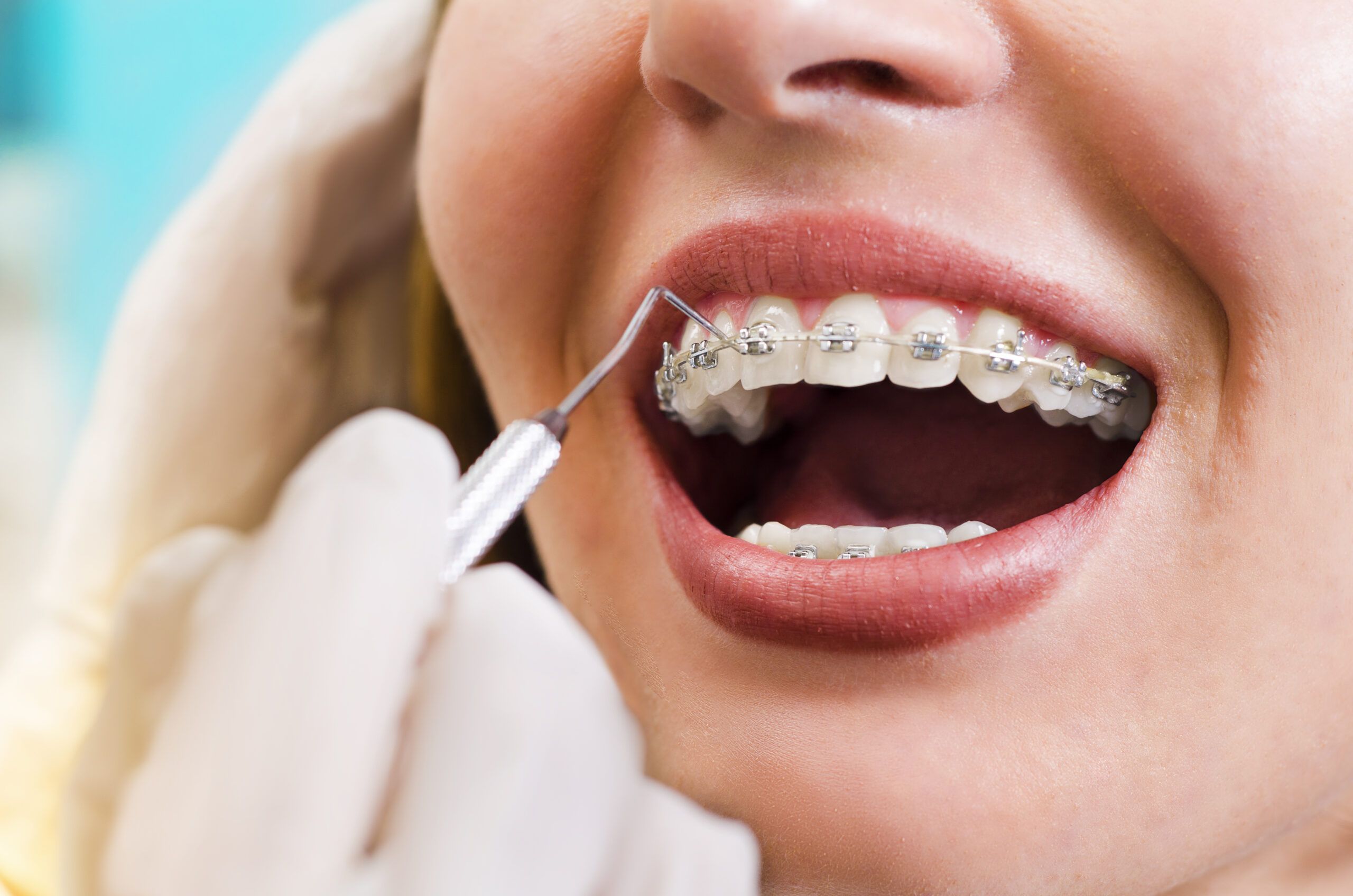Lindner Dental Associates and Our Promise to Nicholas: 12 Years of Smiles and Sponsorship
April 17, 2023 – Bedford NH: Lindner Dental Associates has been a proud sponsor of Our Promise to Nicholas (OPTN) for 12 years, bringing smiles to children and their families from the greater Bedford area. Established in 2009 as a nonprofit charitable foundation, OPTN was founded by Chris and Heather Dainiak of Bedford, NH, after their son Nicholas was diagnosed with a rare, fatal neurological brain disease called Batten Disease. Nicholas’ parents promised him that they would work tirelessly to find a cure. An estimated two to four children out of 100,000 in the United States are affected with this debilitating disease.
With a commitment to serving the greater Bedford community, Lindner Dental Associates provides outstanding dental care for people of all ages, and supports many causes, especially those that are youth oriented. Held at the NH Sportsplex in Bedford, 1200 guests attended the event, with 100 volunteers, and 25 vendors and sponsors in rows of tables lining the indoor field with eggs filled with goodies from each child. 375 eggs were given to the children that came to our table, along with other items, and a corn hole game that is always great fun. This year, the Tooth Fairy made her appearance and was a great hit with the everyone, especially the children. With her magic bubble wand, she enchanted all, and answered lots of questions. OPTN raised $20,000, going toward science, research nursing care and family support toward children with Batten Disease.
Dental Services in Bedford, NH: Lindner Dental
If you are interested in learning more about Lindner Dental Associates, please visit us on the website, as www.lindnerdental.com or call us at 603-624-3900. We would love to have you and your family become part of our dental family!









